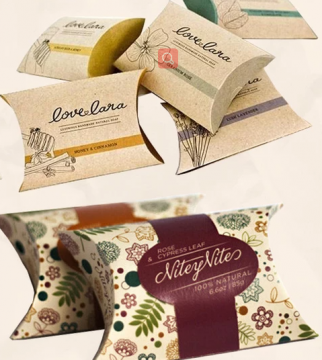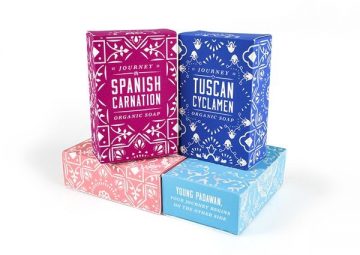Certainly! Soap can take various forms, and each form offers unique benefits and applications. Here’s a look at different soap forms, including bar soap, liquid soap, and other variations:
- Bar Soap: Bar soap is the traditional and most common form of soap. It’s made by mixing fats or oils with an alkali (such as lye) to create a solid soap that can be molded into bars. Bar soap is often used for cleansing the body and hands. It comes in a variety of shapes, sizes, colors, and scents, and can be customized with various ingredients for different skin benefits.
- Liquid Soap: Liquid soap is a convenient alternative to bar soap, and it comes in various forms as well:
- Liquid Hand Soap: This is a common type of liquid soap used for handwashing. It’s typically dispensed from pump bottles and is available in various fragrances and formulations.
- Liquid Body Wash: Similar to liquid hand soap, body wash is designed for use in the shower or bath. It’s often formulated to be moisturizing and can come in various textures, from gel to cream.
- Liquid Castile Soap: This is a gentle and versatile liquid soap made from vegetable oils, often olive oil. It can be used for body, face, hair, and even household cleaning.
- Shampoo Bars: Shampoo bars are a solid alternative to liquid shampoos. They’re made with ingredients that cleanse and condition the hair without the need for plastic packaging. Shampoo bars are environmentally friendly and can be great for travel.
- Conditioner Bars: Similar to shampoo bars, conditioner bars are solid formulations that provide conditioning benefits to the hair without the use of plastic bottles. They help reduce waste and are easy to store.
- Shower Steamers: Shower steamers are small solid tablets that release aromatic scents when they come into contact with water and steam. They’re placed on the shower floor and can create a spa-like experience.
- Bath Bombs: Bath bombs are a mix of dry ingredients that fizz and dissolve in bathwater. They often contain essential oils, fragrances, colors, and sometimes additional moisturizing ingredients for a relaxing and aromatic bath.
- Foaming Soap: Foaming soap is typically a diluted liquid soap that’s dispensed as foam. It’s commonly used for handwashing and can help reduce soap consumption while maintaining effective cleansing.
- Melt and Pour Soap Base: Melt and pour soap base is a pre-made soap that you melt and customize with colors, fragrances, and additives. It’s a beginner-friendly option for creating customized soap without working with lye.
- Whipped Soap: Whipped soap is a light and airy soap formulation that resembles whipped cream. It’s often used for cleansing the body and can be scented and colored for added appeal.
- Exfoliating Soap: Exfoliating soaps contain ingredients like ground coffee, seeds, or oatmeal to provide a gentle scrubbing effect while cleansing the skin.
Remember that different soap forms have varying ingredients, manufacturing processes, and uses. When exploring different soap forms, consider your preferences, skin type, and any specific benefits you’re looking for. Whether you prefer the traditional bar soap or want to experiment with newer forms, there’s a wide range of options to choose from.








